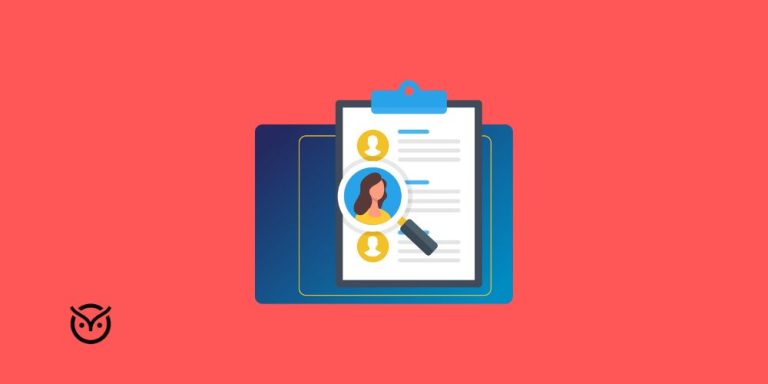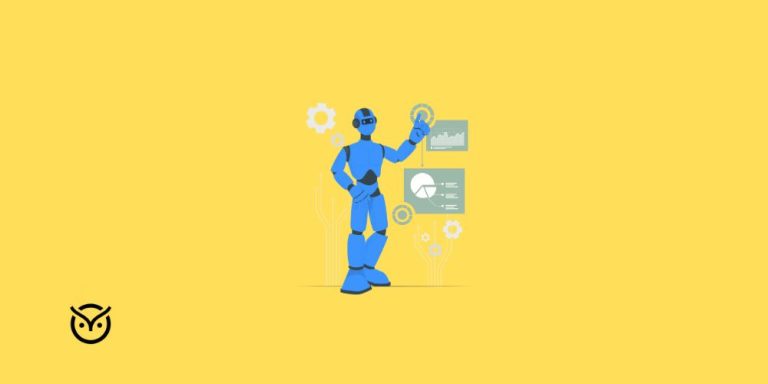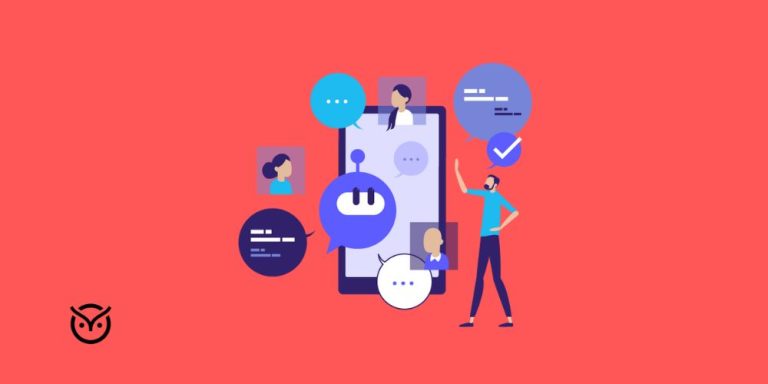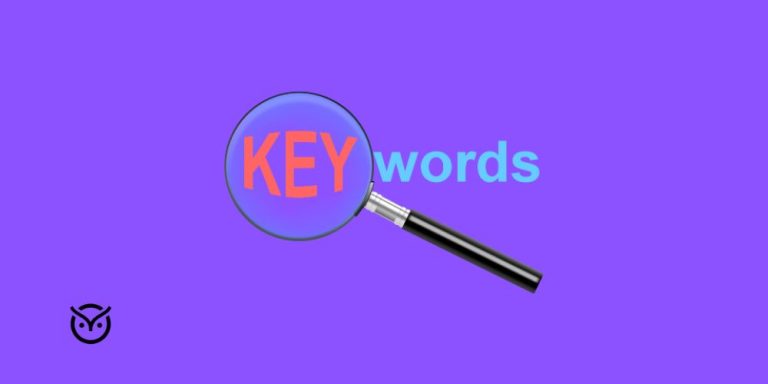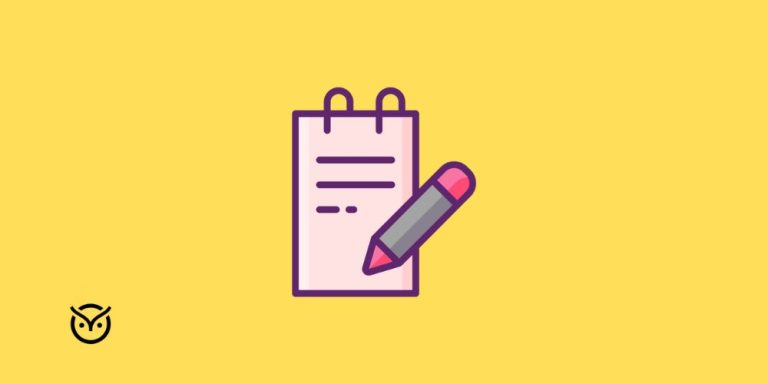Talent Pipeline Automation: How to Hire Faster, Smarter & Better

TL;DR
- Keep a ready pool of pre-qualified candidates.
- Use an ATS to store, sort, and rank applicants.
- AI matches candidates to roles and reduces bias.
- Automate emails, chatbots, and reminders to engage talent.
- Let candidates self-schedule interviews.
- Update pipeline regularly to keep it fresh.
- Balance automation with personal recruiter contact.
- Cuts time-to-hire, lowers costs, and improves hire quality.
Your company needs to fill a crucial position quickly, but instead of scrambling to find qualified candidates, you already have a pool of top talent waiting. No stress, no last-minute rush—just seamless hiring. That’s the power of talent pipeline automation.
Recruiting has changed dramatically in recent years. According to RTE, 75% of recruiters say finding the right candidate is their biggest challenge, and a survey by Morgan McKinley revealed that 65% of employers globally reported losing their preferred candidate due to an overly lengthy hiring process. In today’s competitive job market, companies that still rely on outdated hiring methods risk falling behind.
Automation is no longer a luxury—it’s a necessity. A global technology company implemented Eightfold AI and saw a 35% reduction in time-to-fill for critical roles. With automated talent pipelines, you can source, engage, and hire candidates without wasting time on repetitive tasks.
This guide will walk you through the most effective ways to automate your talent pipeline, helping you build a recruitment process that’s faster, smarter, and more efficient. The future of hiring is here—let’s dive in!
Understanding the Talent Pipeline: What It Is and Why It Matters
What is a Talent Pipeline?
A talent pipeline is like a ready-to-go list of strong candidates who can fill positions as soon as they open. Instead of starting from scratch every time a role becomes available, recruiters can simply pull from a pool of prescreened, engaged candidates.
Think of it as keeping your fridge stocked with fresh ingredients so you can cook a meal anytime rather than having to go grocery shopping when you’re already hungry!
Why Automate Your Talent Pipeline?
Traditional hiring processes are slow and inefficient. Here’s why automation is the future:
- Faster Hiring: Companies using AI-powered recruitment tools fill jobs 35% faster.
- Better Candidate Experience: Automated updates and chatbots keep candidates engaged.
- Reduced Costs: Less time wasted on repetitive tasks means lower hiring expenses.
- Stronger Hires: AI can analyze candidate skills better than manual processes.

Key Strategies for Talent Pipeline Automation
Use an Advanced Applicant Tracking System (ATS)
A good ATS is your recruitment command center. It stores, sorts, and ranks candidates automatically, saving hours of work.
How it helps:
✔ Automatically screens resumes for skills and experience.
✔ Keeps track of all candidate interactions (emails, interviews, etc.).
✔ Integrates with job boards and social media to source candidates faster.

Leverage AI for Smarter Recruiting
AI is transforming the hiring pipeline. Instead of manually reviewing hundreds of resumes, AI tools can:
🤖 Analyze job descriptions and match candidates automatically.
🎯 Predict which candidates are most likely to succeed.
📝 Reduce hiring bias by focusing on skills rather than demographics.
Automate Candidate Engagement with Chatbots and Emails
Communication is one of the biggest bottlenecks in recruitment. Candidates often drop out of the process because they feel ignored.
🚀 How automation helps:
📩 Automated emails keep candidates updated.
💬 AI chatbots answer FAQs instantly.
⏰ Smart reminders prevent interview no-shows.
Streamline Interview Scheduling with Automation
Scheduling interviews is time-consuming. Instead of going back and forth with candidates, use tools like:
📅 Calendly or AI-driven schedulers: Let candidates book their own interview slots.
⏰ Automated reminders: Reduce no-shows by 50%.

Best Practices for Hiring Top Talent with Automation
Focus on Quality, Not Just Speed
Automation speeds up hiring, but doesn’t rush the process. Use AI-powered assessments to ensure only the best candidates move forward.
Keep the Human Touch
Candidates want a personal connection, not just automated emails. Combine automation with meaningful recruiter interactions.
Regularly Update Your Talent Pipeline
A talent pipeline strategy is only useful if it stays fresh. Keep engaging passive candidates and updating profiles with new skills.

Challenges of Talent Pipeline Automation And How to Overcome Them!
🛑 Challenge: “Will AI replace human recruiters?”
✅ Solution: No! AI assists recruiters by removing manual tasks, allowing them to focus on relationships.
🛑 Challenge: “Will automation create bias?”
✅ Solution: AI reduces bias by focusing on skills and experience, not personal details.
🛑 Challenge: “Is automation expensive?”
✅ Solution: While some tools cost money, they save far more in recruitment expenses.
The Future of Hiring: Where is Talent Pipeline Automation Headed?
Recruitment is evolving at lightning speed, and companies that fail to adapt will struggle to attract top talent. Talent pipeline automation is no longer just about filling positions faster—it’s about building a smarter, data-driven hiring strategy that ensures long-term success. Here’s where the future of hiring is headed:
🚀 Predictive Hiring: AI is already helping recruiters match candidates to jobs, but soon, it will go even further. AI-powered predictive analytics will evaluate past hiring patterns, employee performance, and company culture to forecast which candidates are most likely to thrive in a role long-term. This will reduce turnover and improve hiring accuracy.
📡 Virtual Reality (VR) Hiring: Imagine interviewing candidates in a virtual office where they can showcase their skills in real-time. VR hiring will allow recruiters to conduct interactive skill assessments, immersive job previews, and remote interviews in a more engaging way. Companies like Hilton and Walmart have already started using VR for employee training—recruitment is next.

🔗 Blockchain for Resumes: Fake resumes are a real problem. But with blockchain-based verification, companies will be able to instantly verify a candidate’s education, work history, and certifications. This will eliminate resume fraud and streamline background checks.
It’s Time to Automate Your Hiring Process!
The war for talent is getting tougher, and companies that rely on outdated recruitment methods will struggle to keep up. Top candidates don’t wait; they expect a fast, seamless, and engaging hiring experience. This is where talent pipeline automation gives you a competitive edge.
By leveraging AI-driven tools, automated communication, and predictive analytics, you can reduce hiring time, lower costs, and attract better talent. Automating your talent pipeline isn’t just about making recruitment faster—it’s about making it smarter.
Ready to future-proof your hiring strategy? Start by implementing an Applicant Tracking System (ATS), using AI for smarter screening, and automating communication to keep candidates engaged. The future of hiring is data-driven, efficient, and automated. Don’t get left behind!


